Corporal Amos Roy Hutchins

- Unit: 24th Infantry Division, 34th Infantry Regiment, 1st Battalion, Company B
- Service Number: 24890201
- Date of Birth: January 26, 1929
- Entered the Military: July 6, 1949
- Hometown: Aliceville, Alabama and Pontotoc, Mississippi
- Place of Death: the banks of the Naktong River, South Korea
- Award(s): Purple Heart, Combat Infantry Badge, Korean Service Medal, United Nations Service Medal, National Defense Service Medal, Korean Presidential Unit Citation and Republic of Korea Service Medal
- Cemetery: Courts of the Missing, Court Six. Honolulu Memorial, National Memorial Cemetery of the Pacific, Honolulu, Hawaiʻi
Pontotoc High School (Pontotoc, Mississippi)
2024/2025
Early Life
Corporal Amos Roy Hutchins was the only son of Lee Roy Hutchins (1903–1951) of Franklin, Alabama, and Martha Ellen Davis Hutchins (1903–1994) of Cherokee, Alabama. Amos was born on June 26, 1929 in Aliceville, Alabama. Hutchins’s family were migratory sharecroppers. According to the 1930 federal census, the family lived in Vienna, Alabama. By 1940, the family had moved to Hamilton, Mississippi. Eventually, Amos Hutchins finished high school at Pontotoc High School in Pontotoc, Mississippi.


Homefront
In 1949, Hutchins was a senior at Pontotoc High School in Pontotoc, Mississippi, a community whose economy was predominantly agrarian. Local livelihoods centered on the cultivation of corn, cotton, and soybeans, as well as livestock production. During the Korean War, Pontotoc County maintained its rural character as a farming region. However, in the post-war years, economic transformations, driven in part by tax incentives, stimulated industrial development and gradually shifted the area toward a manufacturing-based economy.
According to The Growth of Mississippi Counties and Cities, 1950 to 1960, Pontotoc County experienced a notable population decline of 13.8%, primarily due to the outmigration of tenant farmers. The Hutchins family was among those impacted by these changes, working as migratory tenant farmers on the Calloway Farm—now known as Wise Farm—as recorded in the 1940 U.S. Census.
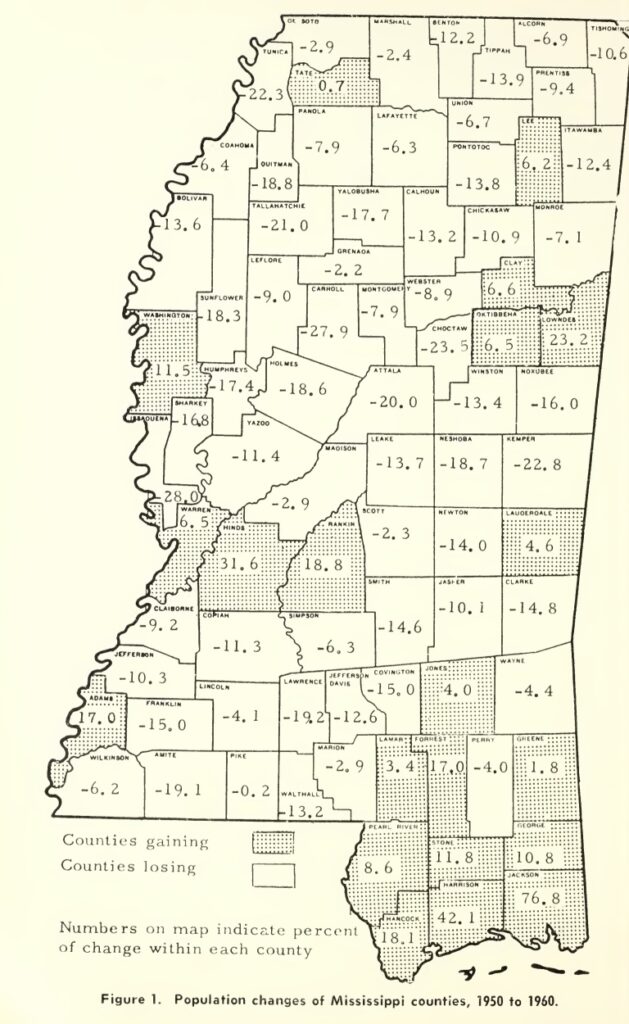
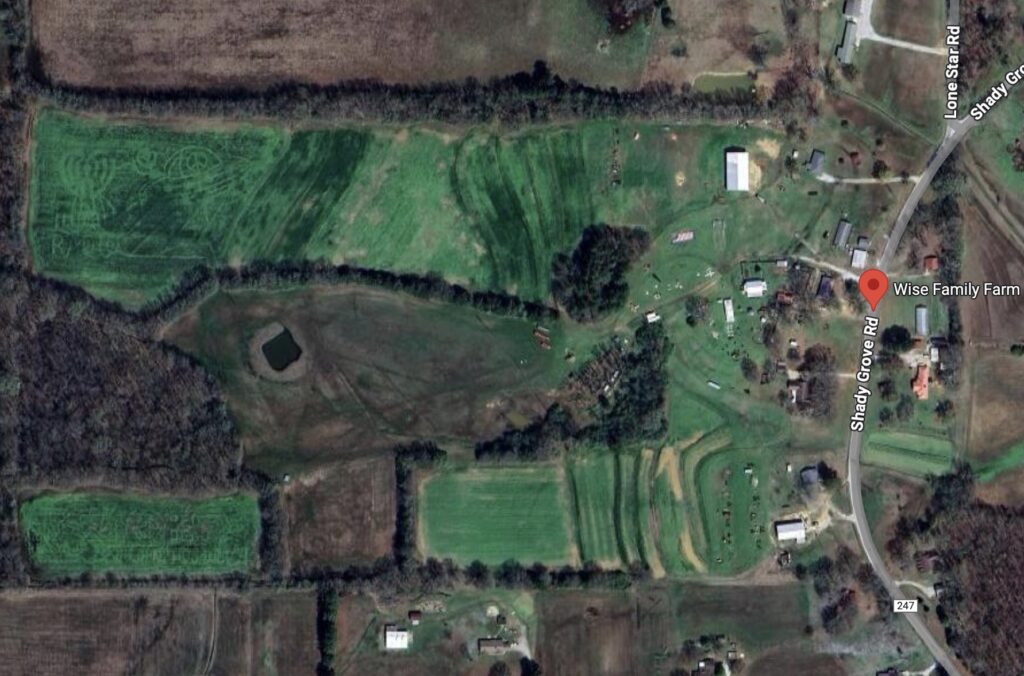
Military Experience
Amos Roy Hutchins began his military service as a member of the Mississippi Army National Guard before being discharged on July 5, 1949. Committed to serving his country, he enlisted in the U.S. Army the following day, July 6, 1949, shortly after graduating from Pontotoc High School.
He was assigned to Company I, 11th Infantry, 5th Infantry Division, at Fort Jackson, South Carolina, followed by service with the 6th Ordnance Medium Maintenance Company at Fort Benning, Georgia. As the situation in Korea escalated, he deployed from Camp Stoneman in Pittsburg, California, as part of the U.S. Army’s rapid deployment to the Korean Peninsula.
The 1st Battalion, 34th Infantry Regiment, 24th Infantry Division was among the first U.S. units thrown into combat, entering the fray on July 5, 1950, just days after North Korean forces invaded South Korea on June 25, 1950. Hutchins was assigned to Company B as a light weapons infantryman.
By early August 1950, U.S. and South Korean forces had been driven south into a last-ditch defensive position known as the Pusan Perimeter. Stretching around the southeastern port city of Pusan (modern-day Busan), the perimeter became the Allied stronghold in the face of relentless North Korean People’s Army (NKPA) attacks. The Naktong River, one of Korea’s major waterways, became the scene of some of the bloodiest battles of the early war, as the North Koreans repeatedly sought to break through U.S. defensive lines.
On August 4, 1950, the perimeter was formally established, with the 24th and 25th Infantry Divisions, along with the 1st Cavalry Division, holding defensive positions along the river. The battle that followed would be one of the most desperate engagements in the opening phase of the Korean War.
On the night of August 5–6, 1950, the North Korean 4th Division launched a major river crossing operation at Ohang, a key point along the Naktong. Using pontoons, makeshift rafts, and boats, North Korean forces slipped across the river under the cover of darkness, engaging U.S. forces in hand-to-hand combat as they overran defensive positions. The 34th Infantry Regiment, already understrength from weeks of fighting, was caught amid of this fierce attack.
Despite the valiant resistance of U.S. troops, the North Korean 4th Division successfully penetrated American lines and advanced toward Yongsan by August 11, 1950. However, through reinforcements, artillery, and superior airpower, U.S. and South Korean forces managed to halt the enemy advance, preserving the Pusan Perimeter and setting the stage for future counter offensives.
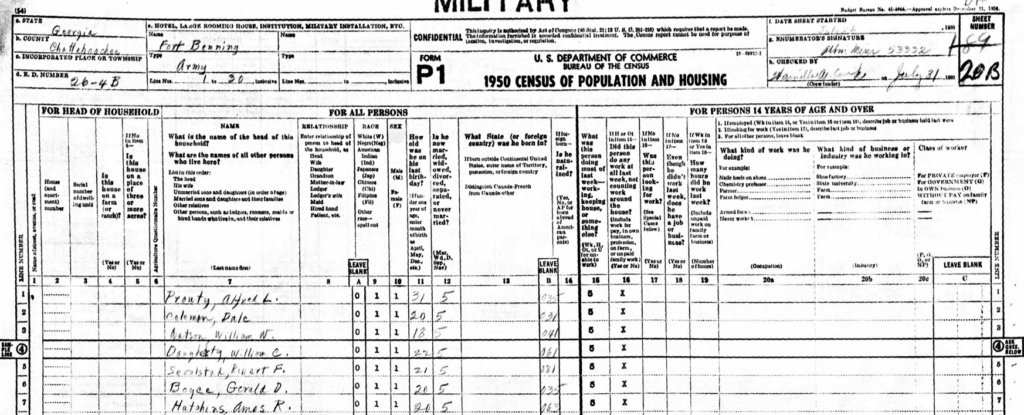
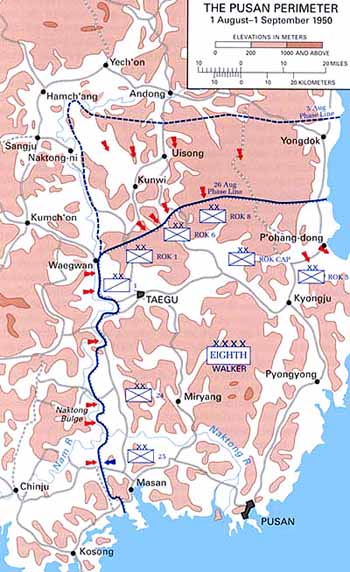
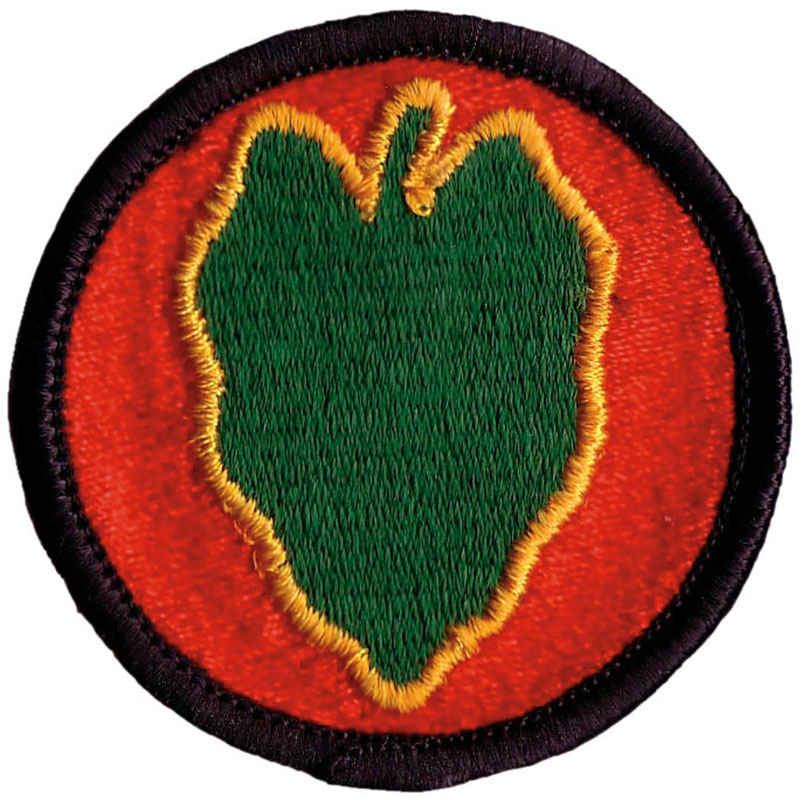
Commemoration
During this chaotic engagement, Hutchins was reported as wounded and captured by the advancing North Korean forces. His fate mirrored that of many U.S. soldiers taken prisoner during these early battles—many were either executed, succumbed to their wounds, or perished in harsh captivity. Records indicate that he died before reaching a Prisoner of War camp.
Amos Hutchins’s remains were never recovered. His name is listed on the Honolulu Memorial at the National Memorial Cemetery of the Pacific in Honolulu, Hawaiʻi.
The Battle of the Naktong Bulge proved to be a pivotal moment in the defense of South Korea. If the Pusan Perimeter collapsed, the entire peninsula might have fallen under North Korean control. The hard-fought battles in August 1950 in which soldiers like Corporal Amos Roy Hutchins gave their lives, ensured that United Nations forces held firm, buying time for reinforcements and the eventual Incheon Landing in September 1950, which turned the tide of the war.
Corporal Hutchins’ sacrifice is a testament to the courage, resilience, and determination of the American soldier in the face of overwhelming odds. His name joins the many who gave their lives in defense of freedom, forever remembered for his bravery along the Naktong River during one of the Korean War’s most desperate battles.
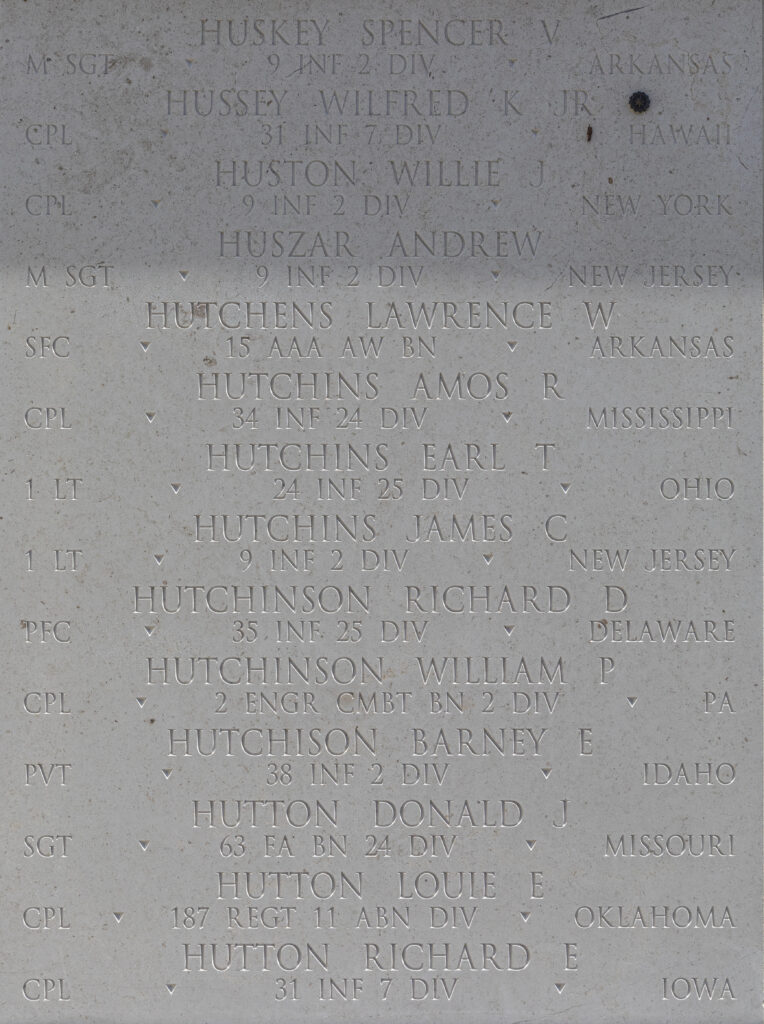
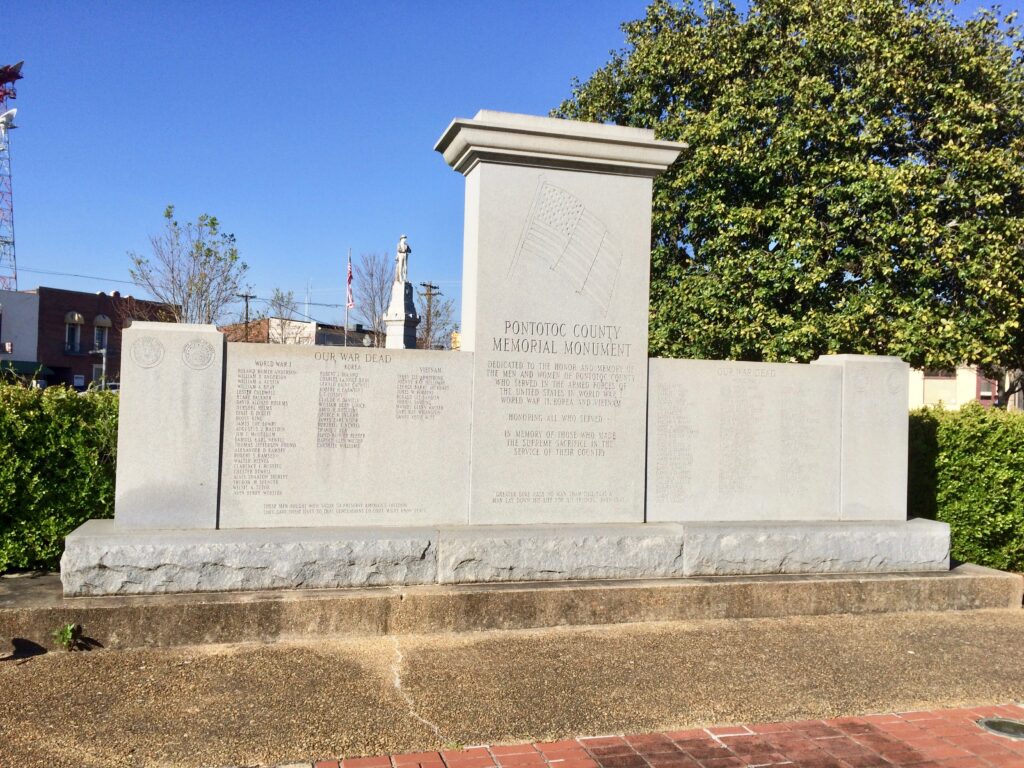
Bibliography
Primary Sources
Alabama. Pickens County. 1930 U.S. Census. Digital images. https://ancestry.com/.
Amos Hutchins, Official Military Personnel File, Department of the Army. National Archives and Records Administration – St. Louis.
Amos Roy Hutchins. U.S., Korean War Casualties, 1950-1957. https://ancestry.com/.
Brown, A. Telephone interview with author. January 28, 2025.
Brown, Gerald F. “My First Reunion.” The 24th Infantry Division Association. Spring 2010. Accessed February 22, 2025. https://24thida.com/stories/brown_gerald_firstreunion.html.
Georgia. Chattahoochee County. 1950 U.S. Census. Digital images. https://www.ancestry.com/.
Marsh, Christina. Text Message through Ancestry. December 17, 2024.
Coleman, M. Telephone interview with author. January 28, 2025.
Mississippi. Monroe County. 1940 U.S. Census. Digital images. https://www.ancestry.com/.
Secondary Sources
Amos R. Hutchins.” American Battle Monuments Commission. Accessed November 22, 2024. https://www.abmc.gov/decedent-search/hutchins%3Damos.
A Brief History of the 24th Division in Korea. The 24th Infantry Division Association: 1956. https://24thida.com/books/books/1956_brief_history_24th_division_Korea_OPT_SM.pdf.
“Cpl. Amos Roy Hutchins.” Defense POW/MIA Accounting Agency. Accessed November 22, 2024. https://dpaa-mil.sites.crmforce.mil/dpaaProfile?id=a0Jt000000Aa0UfEAJ.
“Cpl. Amos Roy Hutchins.” Find a Grave. Accessed November 22, 2024. https://www.findagrave.com/memorial/48829305/amos-roy-hutchins.
Hoyt, E. The Pusan Perimeter, Korea, 1950. Greenwood: 1993.
“Memory Bank: Holding the Pusan Perimeter.” Korean War Legacy Foundation. Accessed January 5, 2025. https://koreanwarlegacy.org/chapters/holding-the-pusan-perimeter/.
“Pontotoc County.” Mississippi Encyclopedia. Updated April 14, 2018. Accessed January 30, 2025. https://mississippiencyclopedia.org/entries/pontotoc-county/.
The Pusan Perimeter. Map. In The Korean War: The Outbreak. U.S. Army Center of Military History. https://www.history.army.mil/html/books/019/19-6/CMH_Pub_19-6.pdf.
Robertson, William. Counterattack on the Naktong, 1950. U.S. Army Command and General Staff College: 1985. Accessed February 22, 2025. https://www.armyupress.army.mil/Portals/7/combat-studies-institute/csi-books/Robertson-Nakton-LP13.pdf.
This profile was researched and created through the Researching Silent Heroes program, sponsored by the American Battle Monuments Commission.

